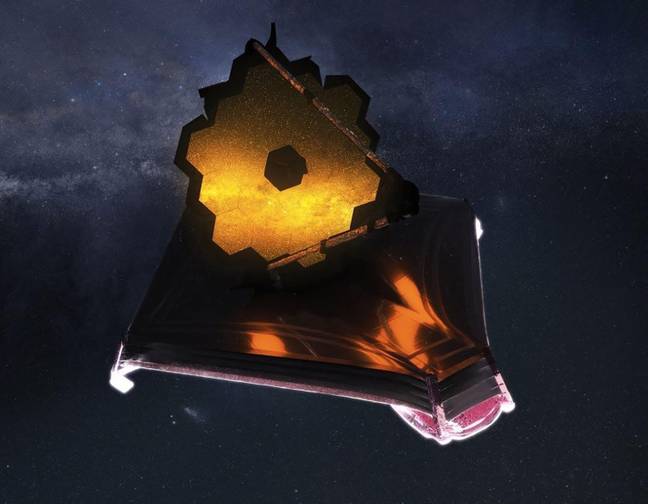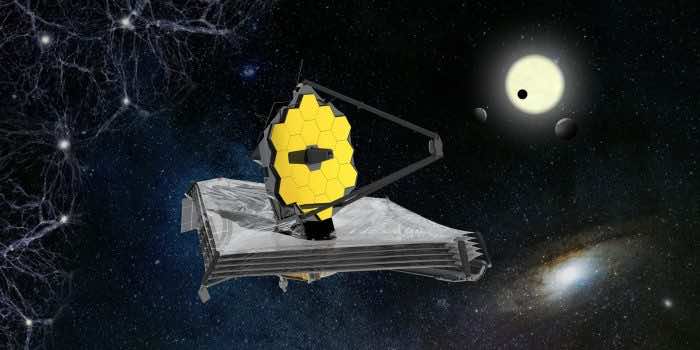NASA has announced that the James Webb Telescope has detected its first signal after 38 days in orbit.
Last Christmas, the infrared observatory launched from the European Space Agency’s spaceport in French Guiana. It is already three months into a three-month process of aligning and cooling down before viewing the universe.
NASA announced earlier this week that Webb’s crew witnessed the first photons of starlight recorded by the Near Infrared Camera (NIRCam) sensor.

“This milestone marks the first of many steps to capture images that are at first unfocused and use them to fine-tune the telescope slowly. This is the very beginning of the process, but so far, the initial results match expectations and simulations,” NASA explained.
The telescope is cooling to offer its peak performance when exploring galaxies, exoplanets, and other space objects, which is why it is now just detecting individual photons in the detectors.
And once the mirror’s 18 hexagonal pieces are perfectly aligned, they will function as a single mirror peering into the universe, rather than a slew of little ones operating individually.

“To put this in perspective, if the Webb primary mirror were the size of the United States, each segment would be the size of Texas, and the team would need to line the height of those Texas-sized segments up with each other to an accuracy of about 1.5 inches,” NASA added.
John Mather, an astronomer at NASA’s Goddard Space Flight Center, also explained it.
“First, we have to find the images that all of those 18 different hexagons are making, then figure out which one is which, and then start sending commands to the little motors that move the viewers around to get them in the right place,” he said.
“Then surely, we get them lined up, so they do a nice sharp image with a near-infrared camera. Then we have to check that the other three instruments are also in focus,” Mather added.
The photos captured during this preparation stage will not be aesthetically pleasing, but they are crucial in getting the telescope ready. For example, the Hubble Space Telescope was launched in April 1990, but it wasn’t until over a year later that it could see Jupiter in incredible detail.
Owing to the mid-infrared instrument, which has yet to be turned on, Webb will be able to snap “beautiful shots” as it strives to reach beyond to distant worlds circling other stars, but they will be unlike anything we’ve seen before.


